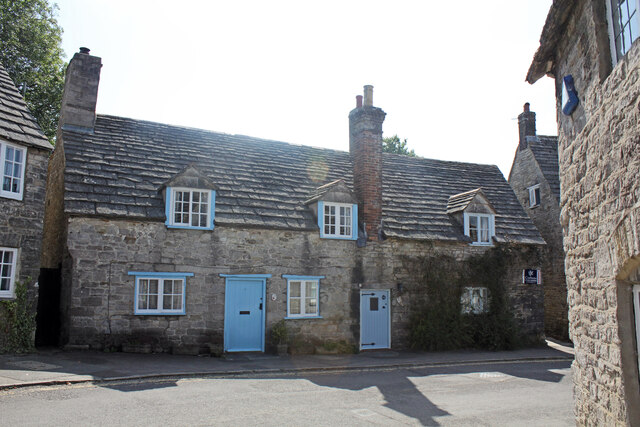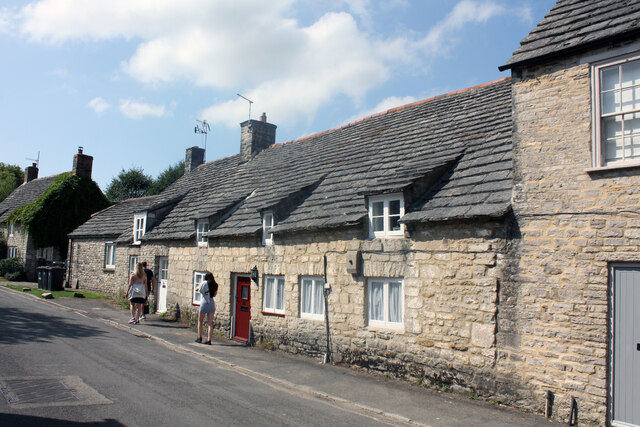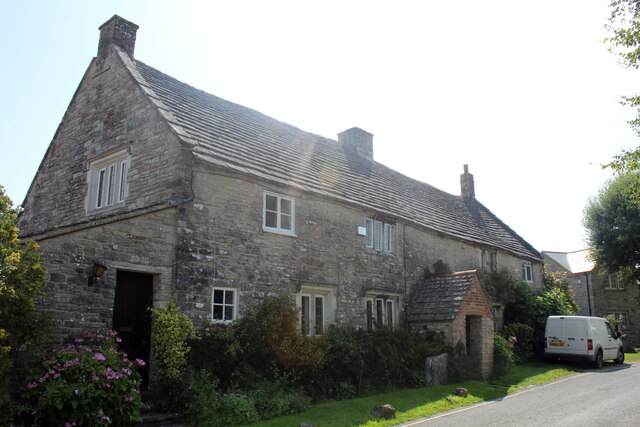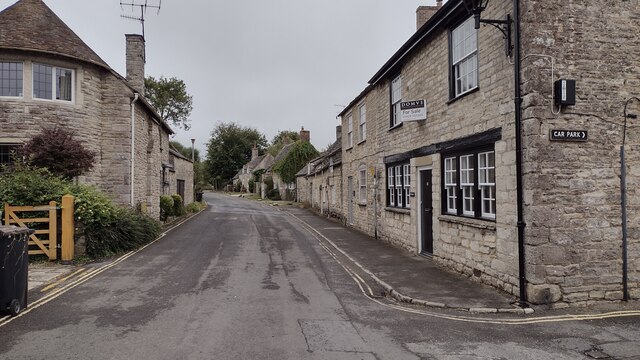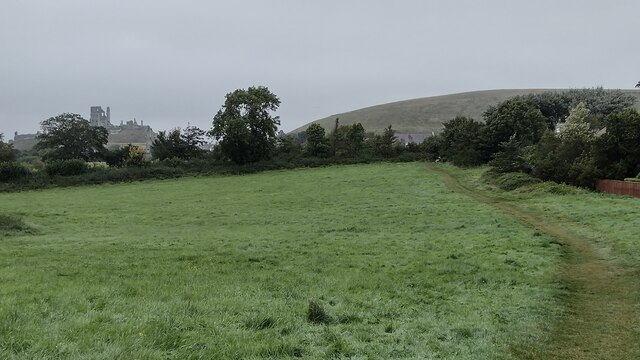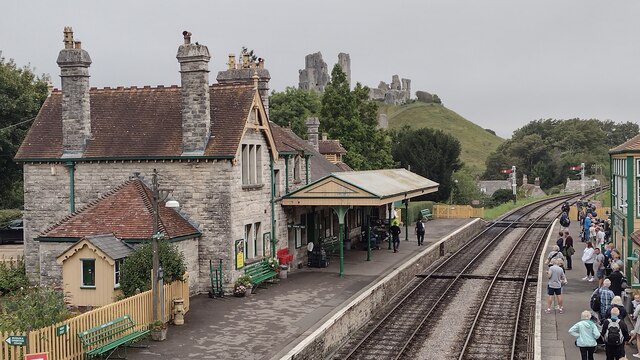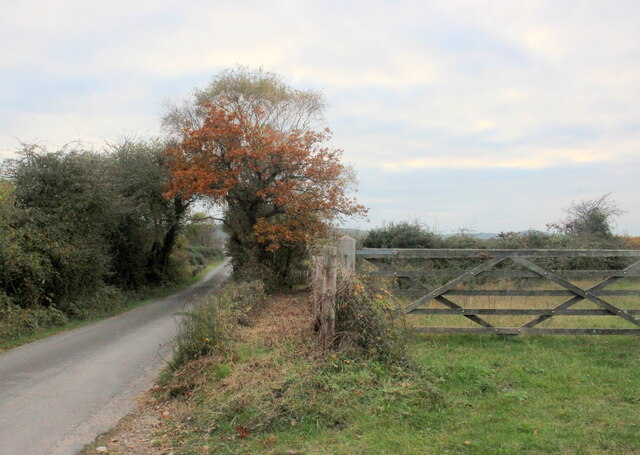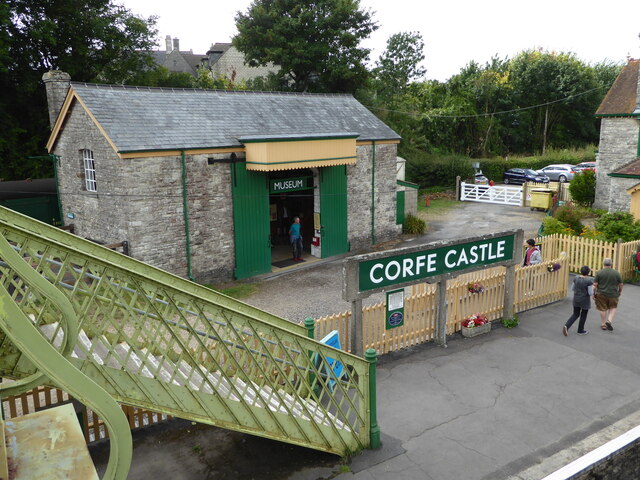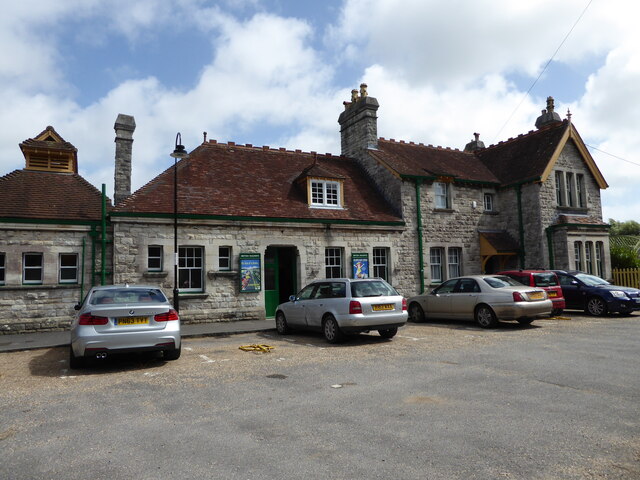Corfe Castle
Civil Parish in Dorset Purbeck
England
Corfe Castle
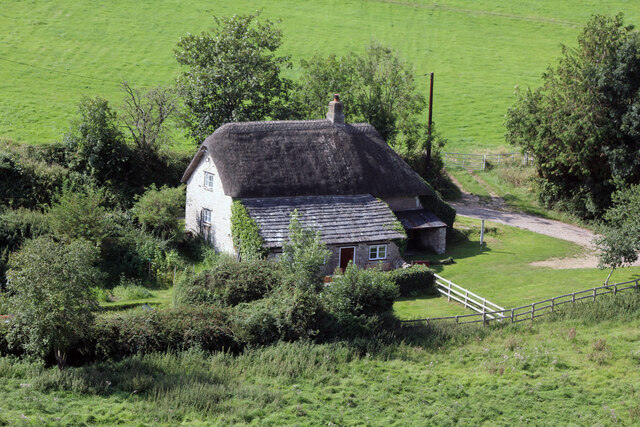
Corfe Castle is a civil parish located in the county of Dorset, England. Situated in the Purbeck district, it covers an area of approximately 8 square miles and is home to a population of around 1,500 residents. The parish is centered around the historic Corfe Castle, which stands on a steep hill overlooking the village.
Corfe Castle is renowned for its rich history, with evidence of human settlement in the area dating back to the Bronze Age. The imposing ruins of the castle, which was built by William the Conqueror in the 11th century, dominate the landscape and attract thousands of visitors each year. The castle was a royal residence until it was partially destroyed during the English Civil War in the 17th century.
The village of Corfe Castle itself is a charming and picturesque place, with quaint cottages, traditional pubs, and local shops. It offers a range of amenities, including a primary school, a village hall, and a post office. The parish also boasts a strong sense of community, with various events and activities organized throughout the year.
Surrounded by stunning natural beauty, Corfe Castle is set within the idyllic countryside of the Isle of Purbeck. The area offers ample opportunities for outdoor pursuits, including walking, cycling, and wildlife spotting. Additionally, the famous Jurassic Coast is just a short drive away, providing access to breathtaking coastal scenery and fossil-rich beaches.
In summary, Corfe Castle is a historic and picturesque civil parish in Dorset, renowned for its ancient castle, charming village, and beautiful countryside.
If you have any feedback on the listing, please let us know in the comments section below.
Corfe Castle Images
Images are sourced within 2km of 50.644705/-2.038326 or Grid Reference SY9782. Thanks to Geograph Open Source API. All images are credited.

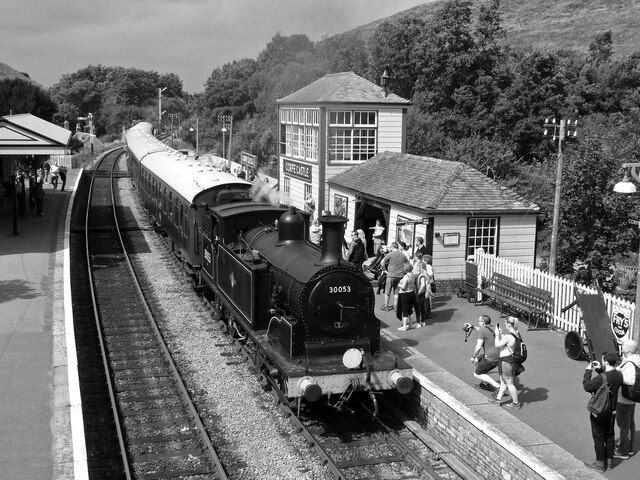
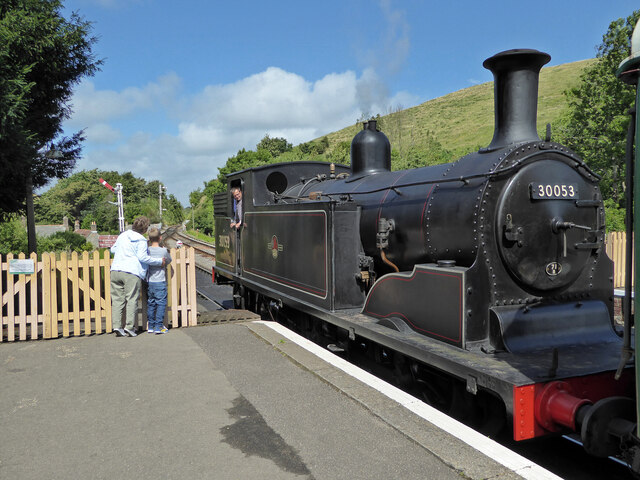
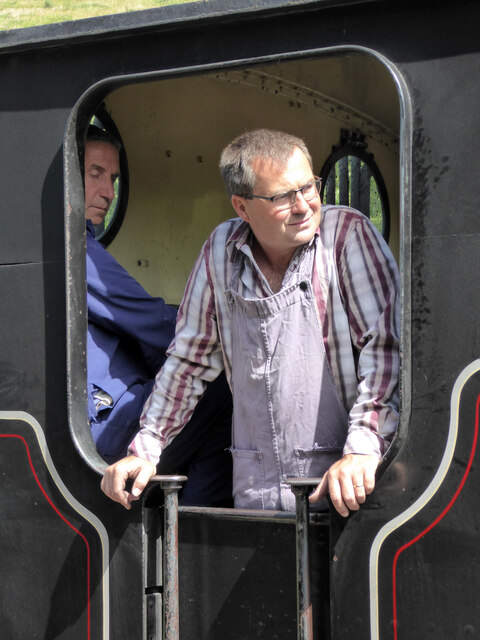
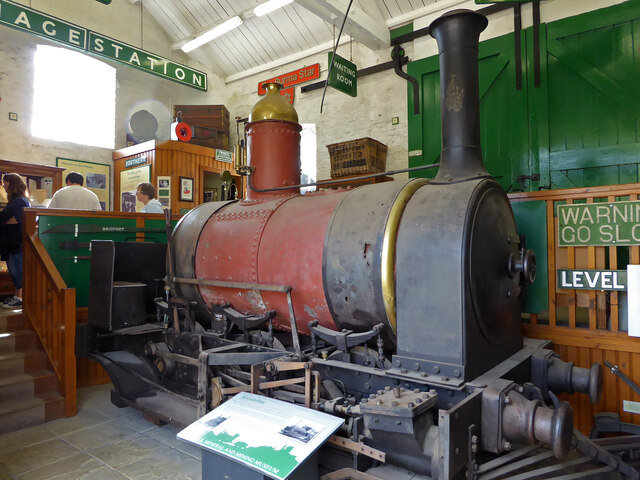
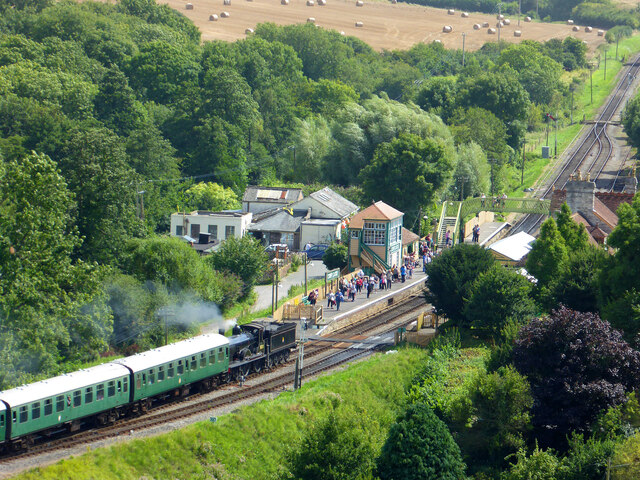
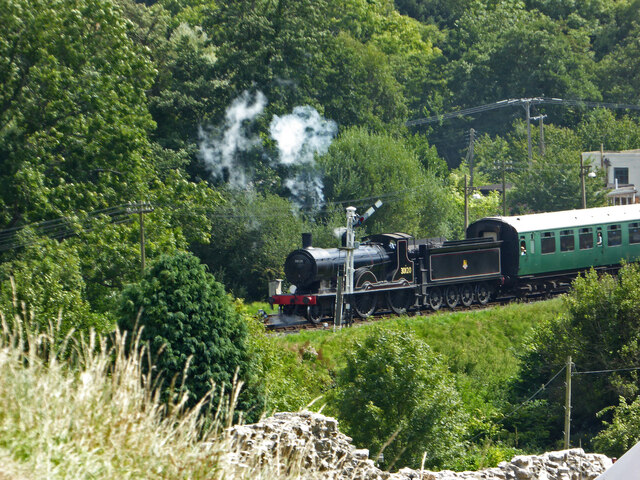

Corfe Castle is located at Grid Ref: SY9782 (Lat: 50.644705, Lng: -2.038326)
Administrative County: Dorset
District: Purbeck
Police Authority: Dorset
What 3 Words
///rationed.boss.visual. Near Corfe Castle, Dorset
Nearby Locations
Related Wikis
Brenscombe Heath
Brenscombe Heath (grid reference SY985829) is a 34.7 hectare biological Site of Special Scientific Interest in Corfe Castle, Dorset, notified in 1985....
Corfe Castle railway station
Corfe Castle railway station is a railway station located in the village of Corfe Castle, in the English county of Dorset. Originally an intermediate...
Mortons House Hotel
Mortons House Hotel in Corfe Castle in Dorset, is a building of historical significance and is Grade II* listed on the National Heritage List for England...
Corfe Castle Hundred
Corfe Castle Hundred was a hundred in the county of Dorset, England, containing only the parish of Corfe Castle. It was sometimes also referred to as Corfe...
Corfe Castle
Corfe Castle is a fortification standing above the village of the same name on the Isle of Purbeck peninsula in the English county of Dorset. Built by...
Corfe Castle (village)
Corfe Castle is a village and civil parish in the English county of Dorset. It is the site of a ruined castle of the same name. The village and castle...
Corfe Castle Town Hall
Corfe Castle Town Hall is a municipal building in West Street, Corfe Castle, Dorset, England. The town hall, which is currently used as a museum, is a...
Isle of Purbeck
The Isle of Purbeck is a peninsula in Dorset, England. It is bordered by water on three sides: the English Channel to the south and east, where steep cliffs...
Nearby Amenities
Located within 500m of 50.644705,-2.038326Have you been to Corfe Castle?
Leave your review of Corfe Castle below (or comments, questions and feedback).
